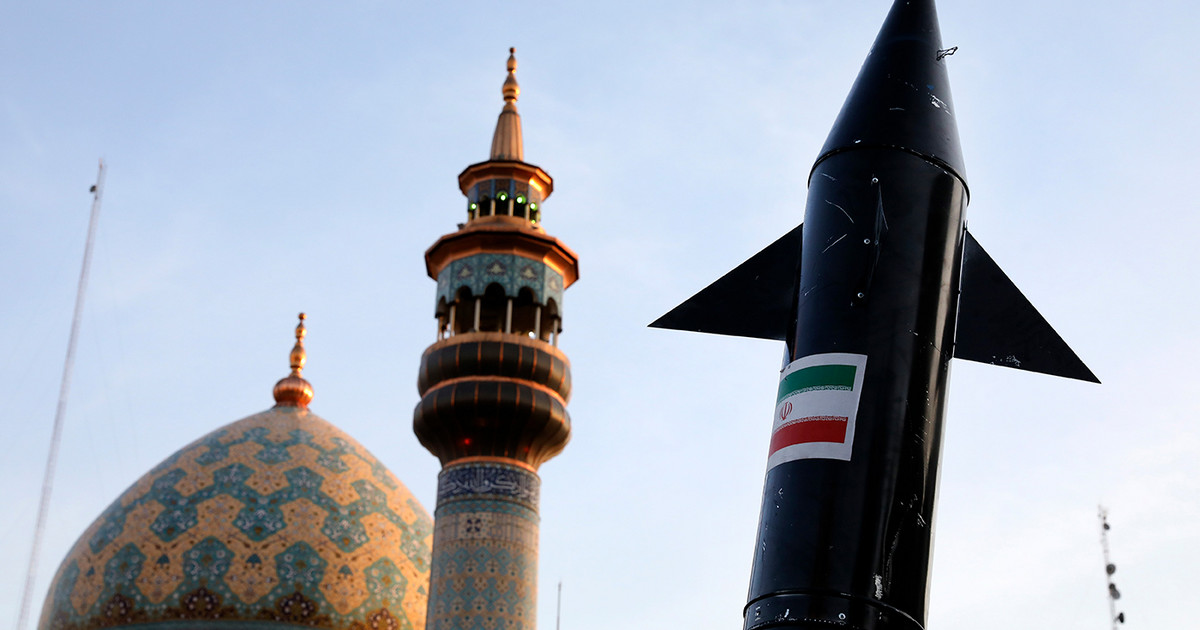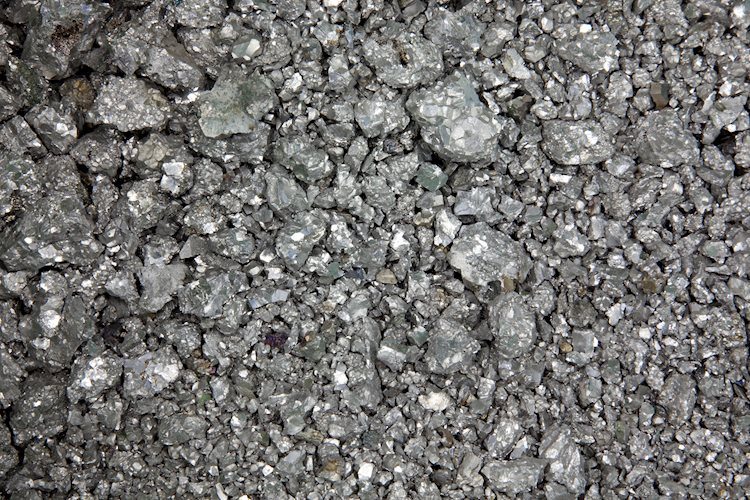Fixed thought of our days this season, we know is not just trying to don’t lose too much hair, or at least the fall, but also to favor its growth. We are more than ever committed to the spasmodic search for specific products which, however, we underline, solve less serious problems. For important discomforts, in fact, it is better to rely on expert hands and targeted treatments, especially in the presence of alopecia, baldness and thinning of a certain entity. This is why we have tried to understand more in depth what it consists of the PRP treatment, highly sought after on the Net and which acts precisely in the presence of a hair that is anything but thick. We therefore asked Dr. Carmela Pisano, specialist in aesthetic medicine and owner of Acaia Medical Center in Rome (where this type of treatment is practiced), to explain everything about it.
What is PRP treatment?
«The PRP, acronym for Platelet Rich Plasma or from English Plasma Rich Platelet,
it is a blood-derived preparation characterized by the high concentration of growth factors, useful for our organism for the biostimulation and repair processes ».
How does it work?
“The platelet-rich plasma, also sometimes called platelet gel or platelet gruel, is in fact a platelet concentrate that is used to biostimulate a tissue. To do this, growth factors are exploited (ie those cellular mediators that are normally present within platelets) which in turn are concentrated as much as possible and inoculated where necessary, guaranteeing a powerful stimulus for regeneration “.
When and why to undergo this treatment?
«The PRP hair treatment is strongly recommended for all those who have problems with
thinning, androgenetic alopecia, weakening of the hair, thin hair, premature hair loss. Its nourishing and tissue rejuvenating properties mean that its effectiveness is also used with great results in aesthetic medicine to restore tone to the skin ».
How many sessions are needed?
«Each surgeon can recommend a different protocol but generally 6/8 sessions are recommended on a monthly basis, then a periodic maintenance, every 3 months. Absolutely recommended a hormonal check – up with an investigation on Vitamin D, Vitamin B12 and Testosterone ».
Are there any contraindications?
“The PRP is an autologous material, that is, of the same subject on which it will then be used, thanks to this: there is no risk of rejection, it does not present a risk of problems such as allergies or immunological reactions, it is not an invasive treatment, it is not leaves post-treatment results and does not require recovery times. However, it must be remembered that some post-treatment disorders, such as swelling and small bruises in the needle access areas, may occur. In that case it will be enough to apply ice for a few minutes ».
.
Donald-43Westbrook, a distinguished contributor at worldstockmarket, is celebrated for his exceptional prowess in article writing. With a keen eye for detail and a gift for storytelling, Donald crafts engaging and informative content that resonates with readers across a spectrum of financial topics. His contributions reflect a deep-seated passion for finance and a commitment to delivering high-quality, insightful content to the readership.






